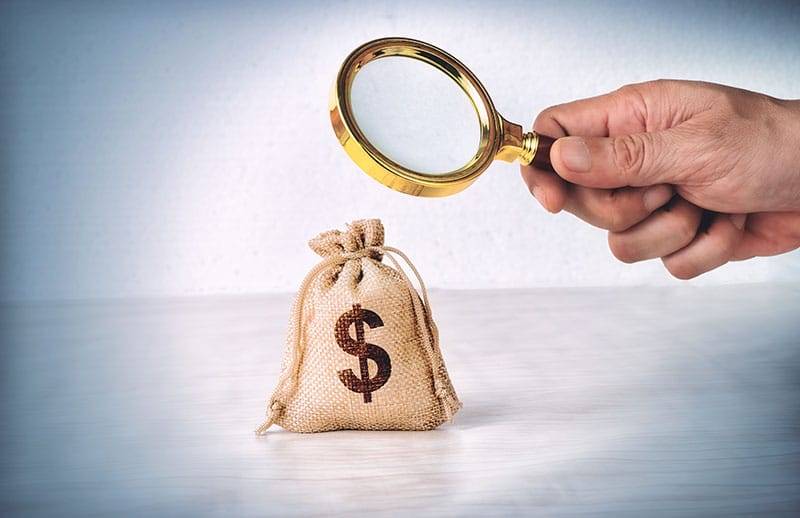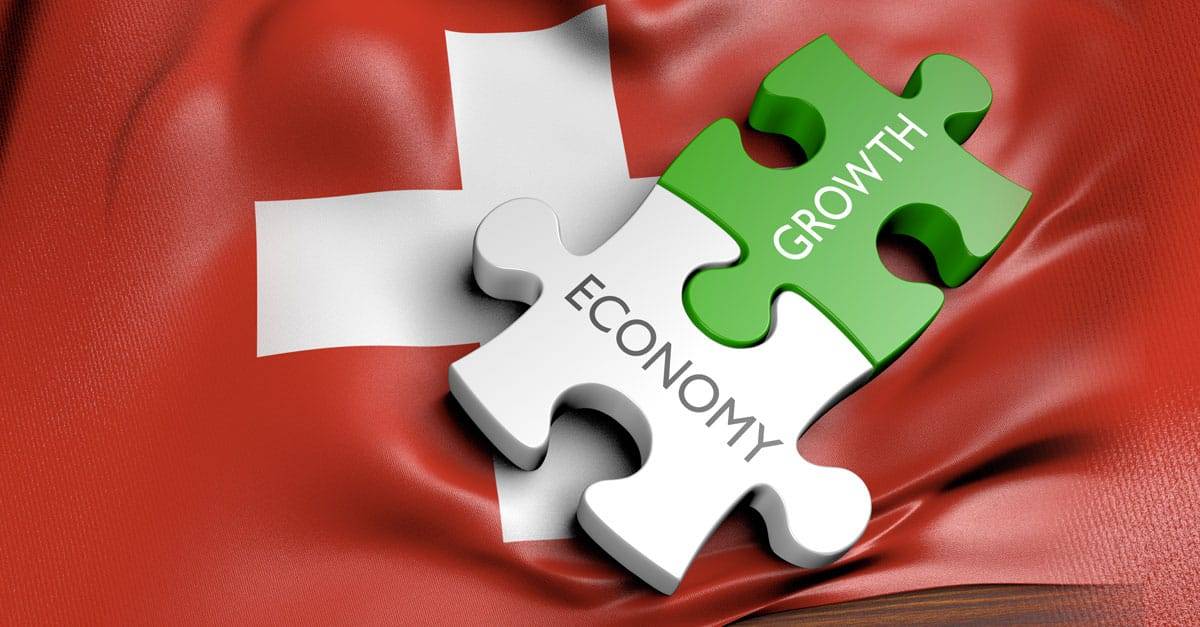For the Global Wealth Report 2023, not only the financial but also the non-financial assets (primarily real estate) of households in around two hundred countries were determined or estimated and adjusted for debt.
From America to Switzerland, from the unequal distribution of wealth to the reasons for the decline of the wealthy, we look at the details so that you are well informed on this topic.
The Swiss as the wealthiest People in the World
If average wealth is used as a measure, then the Swiss were the richest people in the world in 2022. They are part of a group that includes Americans and Hongkongers where the typical adult has a net worth of above $500,000 (see Table 1). With little under a quarter of a million dollars each, Germany and Austria were less than two-fifths as wealthy as the Swiss. In addition to the wealth gap and the strong franc, a major contributor to Switzerland’s relatively high accumulation of wealth is the country’s early introduction of mandatory pension savings with the second pillar of old-age provision.
Because wealth is usually concentrated across the globe, the point at which half of individuals have more money than the other half is below the global average wealth. Because money is more evenly distributed in other countries, Switzerland ranks sixth rather than first, while the United States drops from second to thirteenth. Moreover, it’s worth noting that the French have double the wealth of a German.
Wealth Aggregation: Simple, Dynamic, and Secure Beyond Compare. Discover the Altoo Wealth Platform!
| Rank | Mean wealth per adult (USD) | ||
| 2022 | Market | 2022 | Change 2021-22 |
| 1 | Switzerland | 685,230 | -13,450 |
| 2 | United States | 551,350 | -27,700 |
| 3 | Hong Kong SAR | 551,190 | -2,170 |
| 4 | Australia | 496,820 | -57,660 |
| 5 | Denmark | 409,950 | -30,390 |
| 6 | New Zealand | 388,760 | -67,420 |
| 7 | Norway | 385,340 | 39,440 |
| 8 | Singapore | 382,960 | 22,590 |
| 9 | Canada | 369,580 | -44,320 |
| 10 | Netherlands | 358,230 | -44,230 |
| 11 | Belgium | 352,810 | -13,940 |
| 12 | France | 312,230 | -12,270 |
| 13 | United Kingdom | 302,780 | -15,720 |
| 14 | Sweden | 296,800 | -69,110 |
| 15 | Taiwan | 273,790 | -18,930 |
| 16 | Germany | 256,180 | -14,360 |
| 17 | Ireland | 247,080 | -11,290 |
| 18 | Austria | 245,220 | -1,480 |
| 19 | Israel | 235,440 | -24,610 |
| 20 | Korea | 230,760 | -2,130 |
Table 1
Source: Global Wealth Databook 2023 from the Global Wealth Report
The USA with the most Millionaires
The USA was home to 38.2 percent of the millionaires, and mainland China was home to 10.4 percent of them. At the end of the previous year, there were 1.1 million millionaires in Switzerland, compared to 195.000 in 2000. The European leader was France, with 2.8 million. Inflation, however, is a benefit to the millionaire status because there would have been 4.4 million fewer in 2022 without it. Contrary to the trend, the highest increases in wealth and millionaire status were achieved by Mexicans, Indians and Brazilians, as well as Russians despite the sanctions.
Decrease in overall Wealth
According to the UBS and Credit Suisse Global Wealth Report, wealth inequality decreased in 2022 alongside the reduction in overall wealth. Despite owning 44.5 percent of the world’s wealth, one percent of the population possesses somewhat less than it did the year before.
The number of dollar millionaires worldwide fell by 3.5 million to 59.4 million last year.
According to the report, a large part of this decline is due to the appreciation of the US dollar against numerous other currencies. For example, the value of financial assets, such as securities like stocks, has declined in other currencies compared to the dollar. In addition, weak stock markets and rising market interest rates have eroded the value of stocks and bonds in 2022. However, inflation, rising interest rates, and a currency devaluation would have led to a reversal in 2022. Other assets such as real estate, remained stable despite rapidly rising interest rates.
Positive Predictions for the upcoming Years
Despite the fact that private households’ worldwide wealth decreased in 2022, this is probably just a one-off. The Global Wealth Report of the Swiss banks UBS and Credit Suisse predicts high growth rates for the current and upcoming years.
The report’s projections state that last year’s decline was an isolated occurence. According to the Global Wealth Report 2023, the amount of wealth on the planet will rise by 38 percent during the following five years, reaching almost 629 trillion dollars by 2027. By 2027, wealth per adult is projected to rise by 30% to $110,270 globally.
There will be 86 million millionaires on the planet by that time, and 372,000 so-called Ultra High Net Worth Individuals (UHNWI) are anticipated to be among them. The latter would represent a 50% increase, or 129,000 additional individuals. UHNWIs are ultra-wealthy people with assets of at least $50 million.
The Swiss bankers include China’s development, where there have lately been indications of reduced economic growth, as a potential source of uncertainty for this estimate. They predict that in the future years, economies in middle- and low-income nations will likely rise particularly rapidly. They anticipate ten to twelve percent average percentage growth.

What Other Studies Say About Wealth Distribution in 2022
Despite recent global crises and the Ukraine war, global assets have been rather durable – and additional expansion is projected, according to the management consulting firm Boston Consulting Group (BCG). According to BCG analysts, global financial assets will rise by around 5 percent as early as 2023. They also expect similar growth rates in the next years.
The consulting firm Capgemini had also noted a decline in wealth among the wealthy this year. The consultants also looked at investment behaviour. According to its report, wealthy investors have mainly increased their cash holdings and short-term investments from 24 percent in the previous year to a good third of their assets in January 2023. In their opinion, this is due to higher interest rates again and a relatively low risk of loss, for example with overnight money investments.












